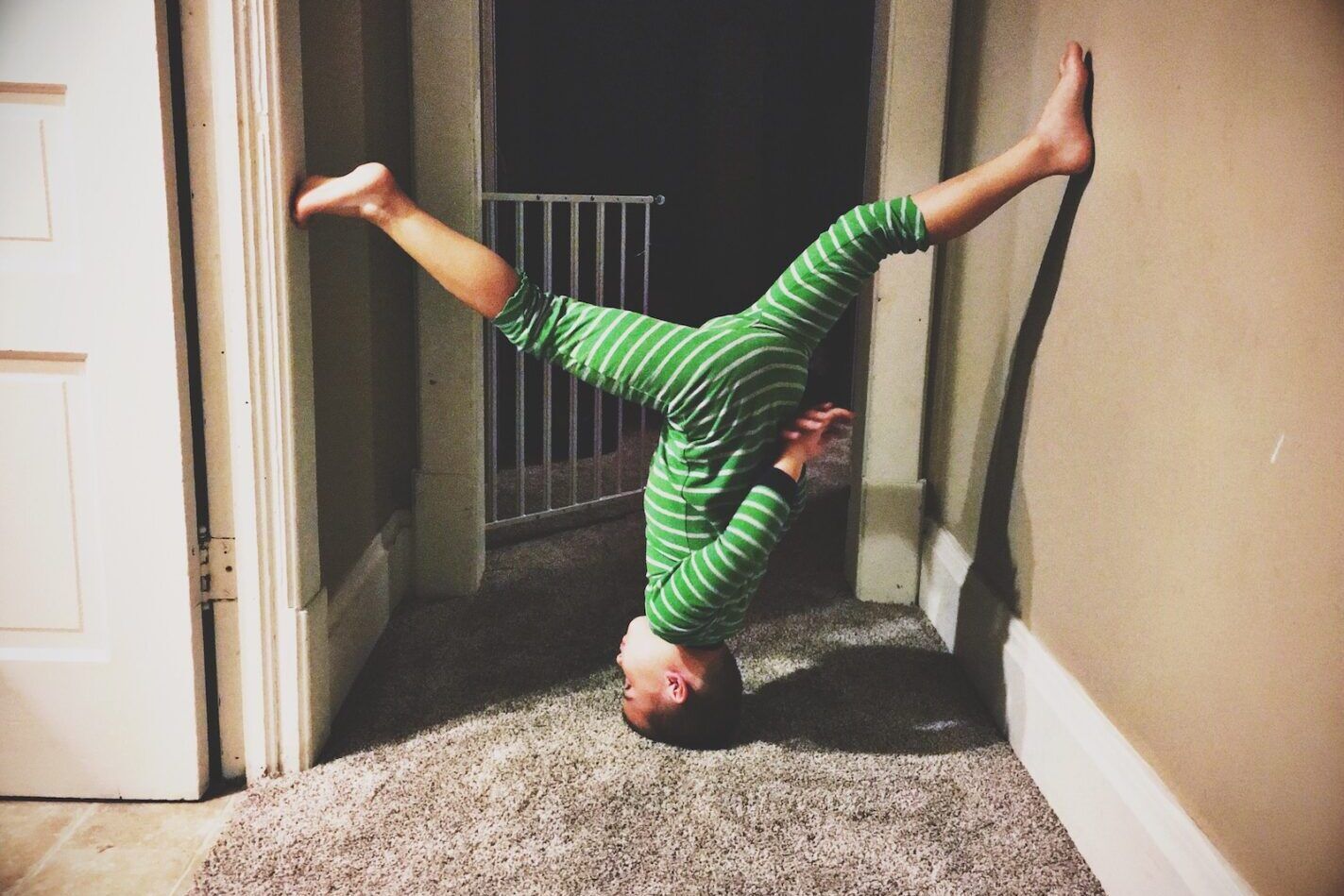Rejection Sensitive Dysphoria: Overwhelming Feelings and the Connection to ADHD
We love our ADHD here at The Neurospicy Shop. The majority of people in our family have been diagnosed, and we’ve got kiddos in our lives that have it too. While there are some minor challenges, ADHD also gives us the ability to think differently than other people, solve problems in unique ways, and we have a ton of fun along the way. But we can also get our feelings hurt a little easier sometimes. Rejection sensitive dysphoria is a topic that has gained popularity lately, and so far there is little research about rejection sensitive dysphoria (RSD) and who experiences it. But, RSD does seem to be most common in people who also have ADHD.
Rejection sensitive dysphoria is characterized by intense emotional sensitivity and fear of rejection or criticism. Since emotional regulation can be more challenging for people with ADHD, these intense feelings have the potential to spiral out of control. Understanding RSD and learning strategies to navigate these emotions, though, can help to manage these associated feelings. Whether you have ADHD or care for someone who does, understanding RSD can be a powerful tool in promoting emotional well-being.
Understanding Rejection Sensitive Dysphoria
RSD refers to an extreme emotional response triggered by perceived or actual rejection, criticism, or failure. It often manifests as intense feelings of sadness, shame, anger, or anxiety, and from the outside, expressions of these emotions (crying, lashing out, etc) might seem like proportionately big reactions to the situation. It’s important to remember, though, that these feelings can be much more intense and distressing for someone with RSD than they would be for someone else.
Triggers vary from person to person, but common ones include situations where someone might feel criticized, left out, or ignored. The criticism, exclusion, or disapproval that someone with RSD perceives might even be a misunderstanding. The fear of potential rejection or criticism can generate overwhelming anxiety and distress, sometimes becoming so intense that individuals may go to great lengths to avoid situations that might trigger RSD.
The Connection Between ADHD and RSD
ADHD, or Attention-Deficit/Hyperactivity Disorder, is a neurodevelopmental disorder characterized by symptoms like impulsivity, hyperactivity, and inattention. Both kids and adults with ADHD often struggle with emotional regulation and may experience difficulties in social interactions. RSD is closely related to ADHD due to overlapping neurobiological factors and common emotional dysregulation challenges.
Rejection sensitive dysphoria can exacerbate the already existing emotional challenges associated with ADHD. The situations that can feel like rejection to someone with RSD are pretty common in everyday life. A few examples:
- Your best friend makes a new friend and has less time to hang out with you.
- A teacher doesn’t call on you in class, but seems to always call on the boy next to you.
- The promotion you applied for went to someone else.
- Your sister forgot to tell you her big news, and you found out through the grapevine.
- You find out that 3 of your friends have a group chat without you.
When it feels like rejection is hiding behind every corner, and that rejection leads to massive feelings of shame and anxiety, it’s easy to see why someone might develop self esteem issues and begin avoiding certain situations.
Recognizing and Coping with RSD
Identifying the signs and symptoms of RSD is crucial for managing its impact on your life and/or the life of your loved one. Some common signs include heightened emotional sensitivity, intense fear of criticism, and avoiding situations that might trigger rejection. Building self-awareness and understanding personal triggers can help you to find effective coping strategies.
Developing coping mechanisms and self-soothing techniques can be immensely helpful in managing RSD. A few things that might help:
- Practicing mindfulness
- Deep breathing exercises
- Creative outlets
- Relaxation and self-care.
Regular exercise, adequate sleep, and a healthy lifestyle can also contribute to emotional well-being. (I mean, who among us isn’t more sensitive when we’re sleep deprived or hangry?)
A good counselor, therapist, or psychologist can also help someone with ADHD and RSD to identify coping strategies that are likely to work for them. And, whether those do or don’t work, that good counselor can also help to iterate and find new strategies to try until something clicks.
Embrace Self-Acceptance
Understanding rejection sensitive dysphoria and its connection with ADHD can shed light on personal experiences. Remember, there’s nothing wrong with you! If you or someone you know has been experiencing intense emotions when faced with perceived rejection, it’s not a flaw – it’s a condition that you can learn to manage.
By embracing self-acceptance, practicing self-care, and finding effective coping strategies, you can grow beyond any feelings that might have previously held you back.







